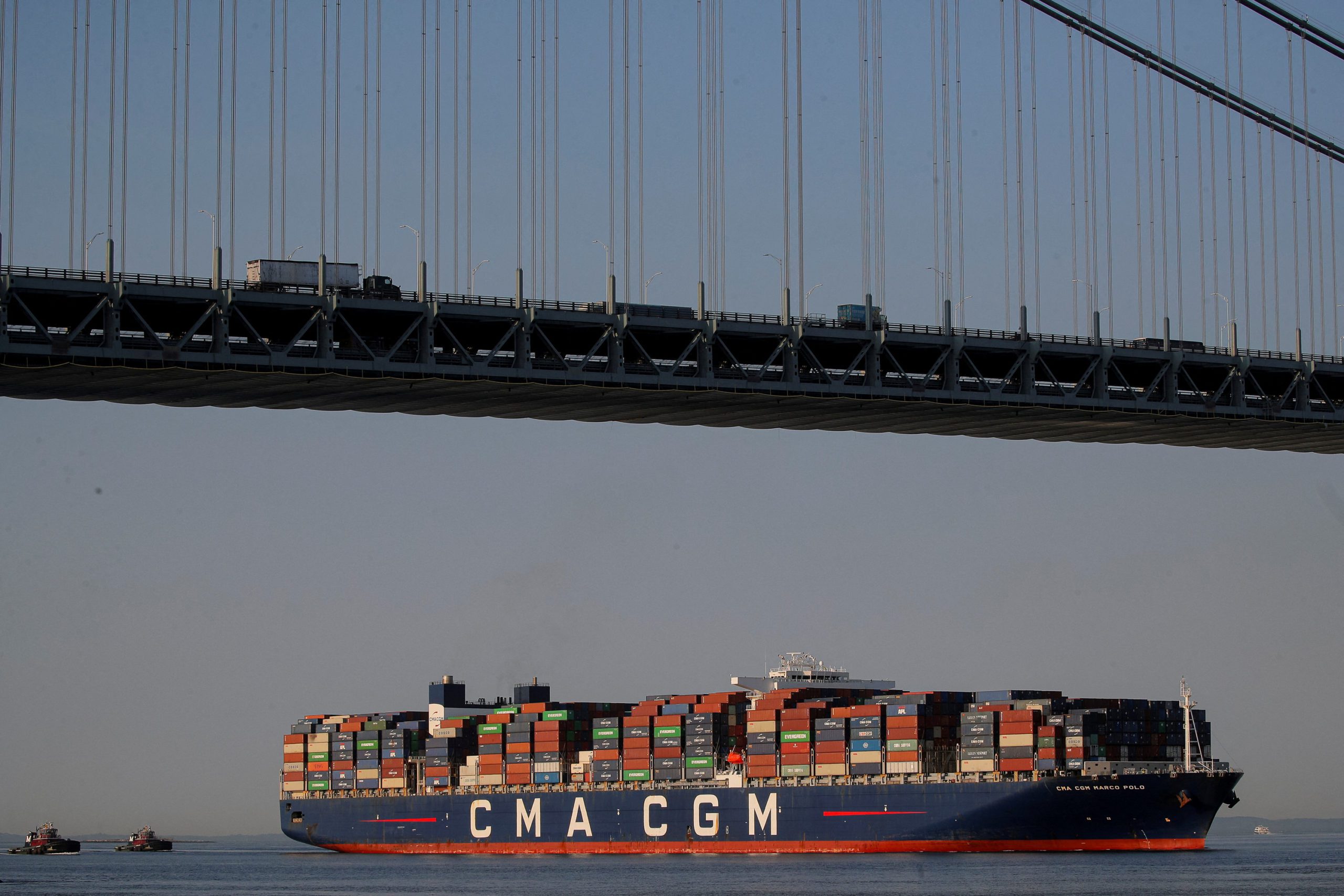By Mike Wackett (The Loadstar) –
Transatlantic container rates from North Europe to the US east coast have fallen below pre-pandemic levels after ocean carriers pumped far too much capacity back into the tradelane.
And now, against a backdrop of poor voyage results, shipping lines are being obliged to revise their growth aspirations for the route.
Indeed, Xeneta’s XSI average spot rate from North Europe to the US east coast fell again last week, to $1,659 per 40ft, with some ‘market’ rates being offered by carriers of $1,300 or below.
Traditionally known as a robust and much less volatile tradelane than the huge Asian export routes, headhaul transatlantic rates from North Europe to the US east coast prior to the pandemic had been relatively stable, at around $2,000 per 40ft.
Ironically, spot rates on the route spiked to over $8,000 per 40ft last summer as a consequence of carriers pulling capacity in order to redeploy the tonnage to the then more-lucrative transpacific routes.
And, notwithstanding the huge increase in freight rates, which resulted in many European exporters being unable to sustain shipping orders of high-volume low-value goods, equipment availability became scarce, adding to the challenges.
Carriers were unofficially prioritising their empty stock for repositioning back to China, leaving North European exporters struggling to find containers for bookings to North America. In fact, one UK-based forwarder shipping out of Liverpool for New York told The Loadstar last June he had been advised by his regular carrier there was a wait of “at least three weeks” for 40ft high-cube boxes.
However, when demand from Asia to the US and Asia to Europe started to falter in the second half of 2022 with the rapid collapse in freight rates, those same container lines piled bigger ships back into the transatlantic to increase their market share and take advantage of the better freight rates on offer.
According to Alphaliner, that capacity explosion was led by Cosco and its OOCL subsidiary, with a huge year-on-year expansion of 38.1%, followed by CMA CGM with a growth of 34.2%, which, however, the consultant said had been partly related to the launch of a new Mediterranean to US Gulf service in October.
Alphaliner said Cosco and OOCL replaced their 8,000-8,500 teu vessels on the transatlantic with 13,100 teu ships, thus injecting significant additional capacity into the trade.
This is partly evidenced by OOCL’s operational results for the first six month of this year, which record a 20% increase in liftings on its transatlantic services for the period compared with H1 22, but an 18% decrease in freight revenue; and, in comparing Q2 22 with Q2 23, the quarter-on-quarter revenue slump deteriorated to 37%.
According to Alphaliner data, MSC remains the biggest carrier between Europe and North America, with a market share of 37.9%, followed by Hapag-Lloyd’s 20% and Maersk and CMA CGM, with 9.6% and 8.4%, respectively.
The Loadstar is known at the highest levels of logistics and supply chain management as one of the best sources of influential analysis and commentary.

 Join The Club
Join The Club











